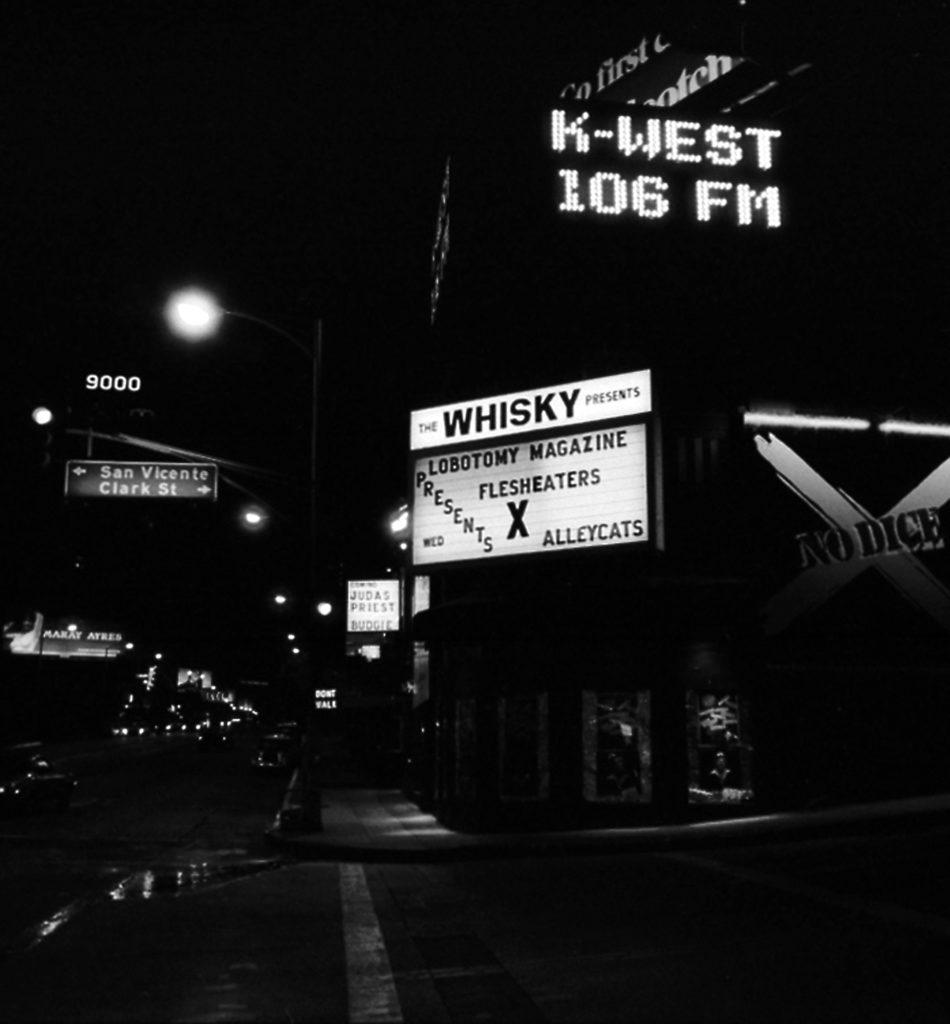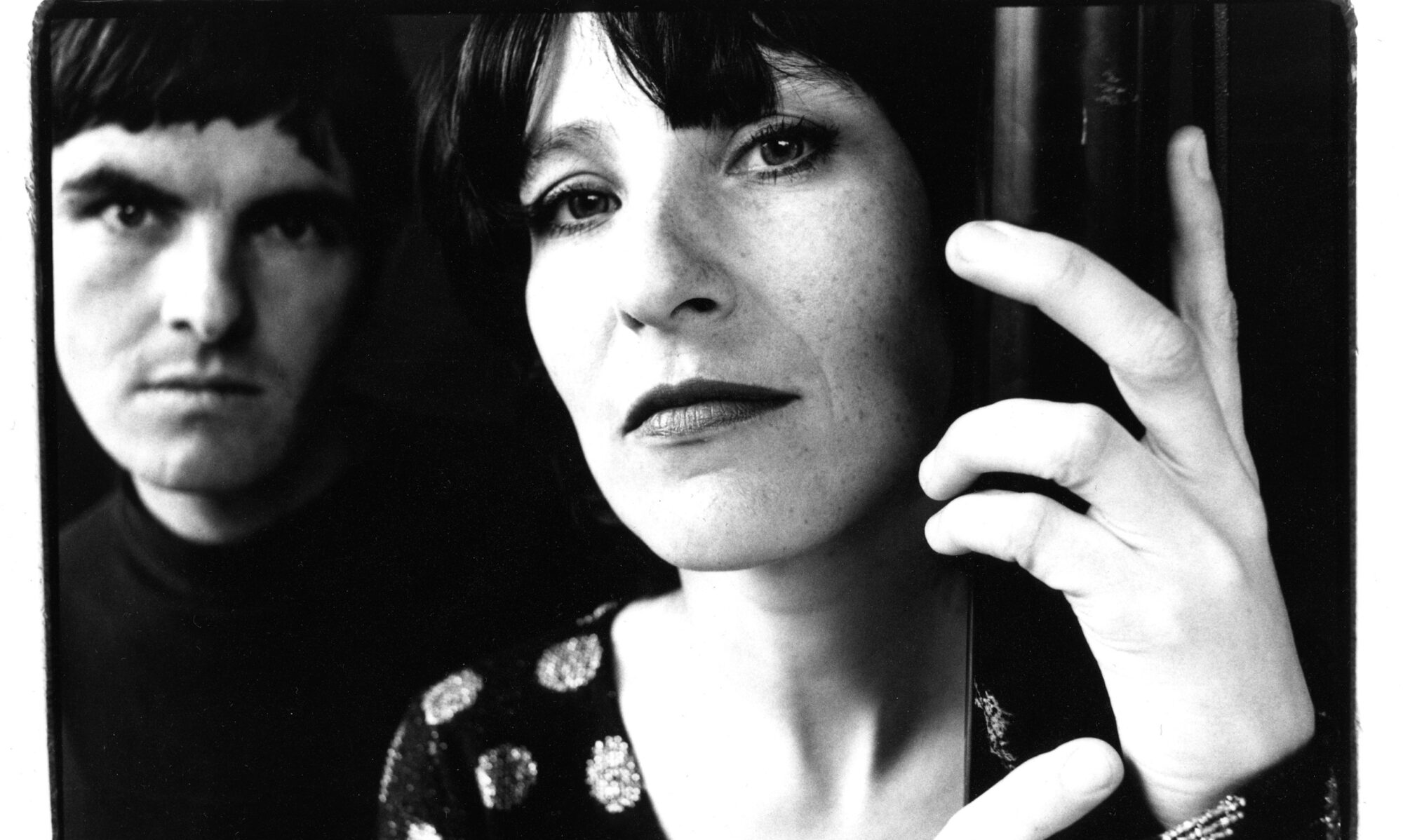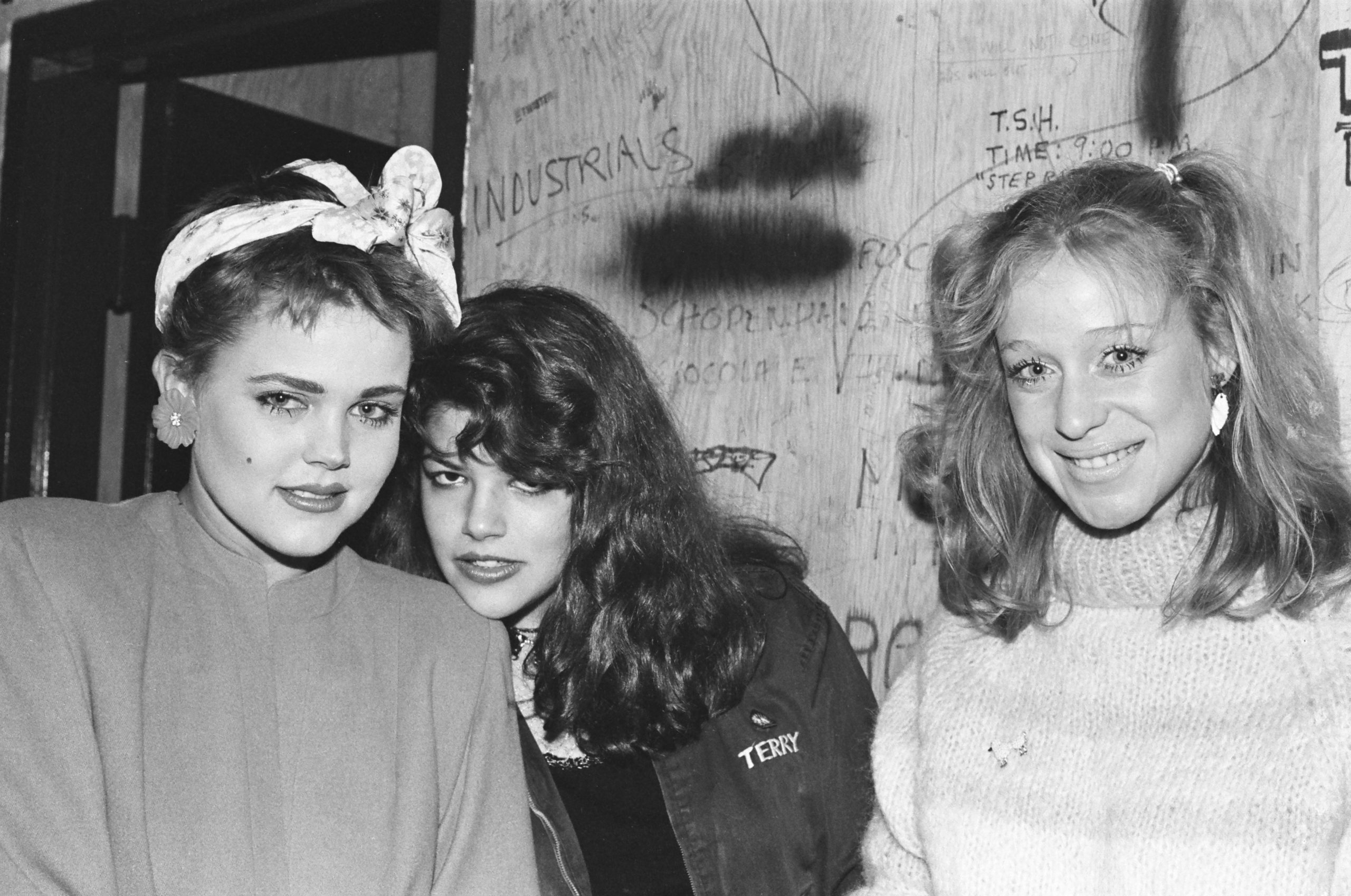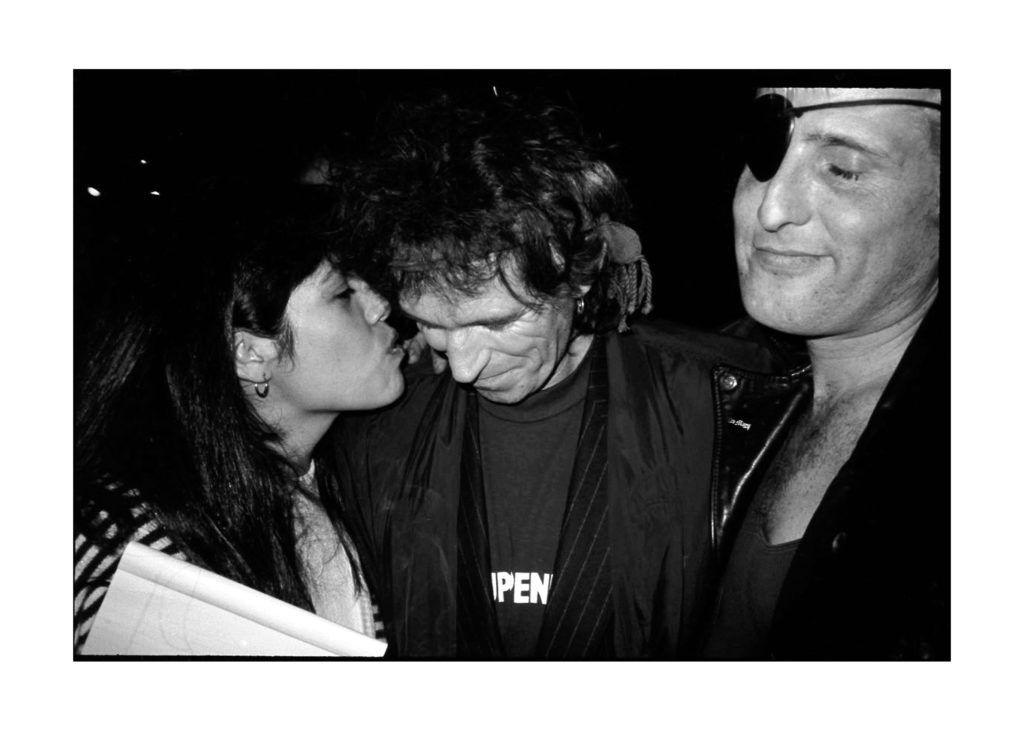
anyone who has seen the go-go’s documentary has seen some of theresa’s photographs. she was out and about taking photos of the los angeles punk scene back in the day, including photos of joan jett, billy idol and the jam. this interview focuses heavily on the go-go’s! see more of her photos here.
interview by gail o’hara / photographs by theresa kereakes
chickfactor: how are you today!? can we save the world from evil?
theresa: hi! I am doing well, but I am concerned about saving the world from evil. we can, but there are so many variables. like the willfully ignorant.
are you currently living in nashville or LA or both?
nashville. I’ve been here for 12 years, but I do visit LA two or three times a year. despite its horrible traffic, its overdevelopment, loss of characteristic architecture, displacement of normal people to make room for business plazas no one now needs, and homes no one can afford, I still do miss living there. my LA of the ’50s through early ’80s is noir LA, punk rock LA, and even though it was always the second largest city in the states, it felt like a town because the metropolis is so spread out. my LA is weirdly the LA of tarantino’s once upon a time in hollywood, which I enjoyed for the nostalgia factor. for the most part, some sections of the valley and of hollywood still seem untouched by the 21st century. I miss NYC too. I lived there for 20 years, and have been back once or twice a year since I left, but damn, if it isn’t so expensive.
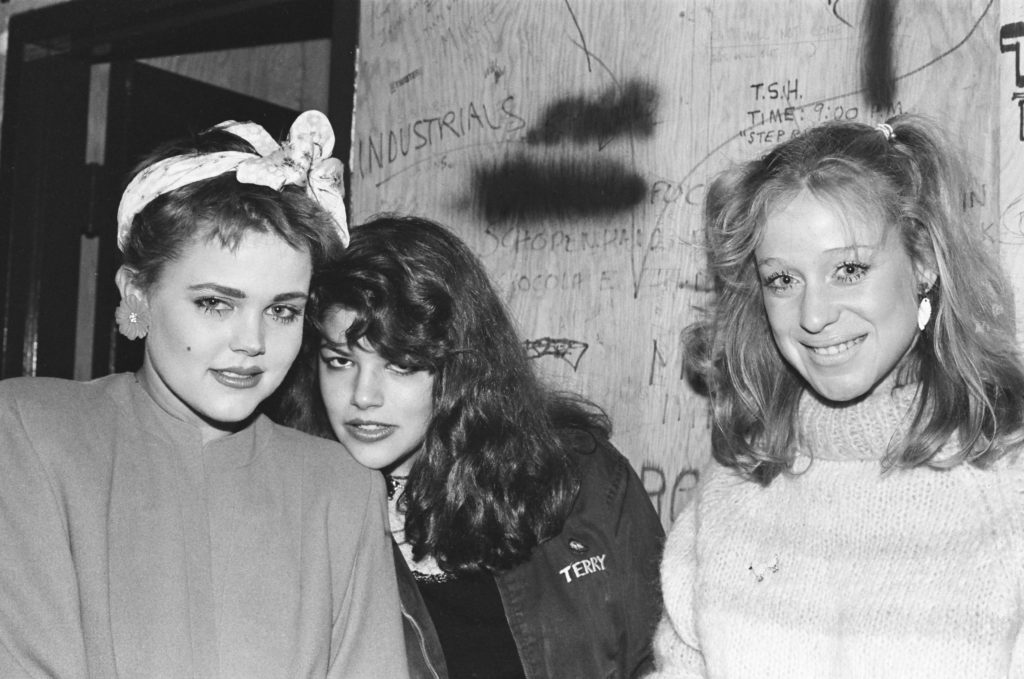
how and when did you meet the go-go’s? (and billy idol, joan jett and paul weller)
I met belinda carlisle when she was still belinda kurczecki, during her time on her high-school speech and debate team, as I was on my high school’s speech and debate team. we competed in the same events over four years’ time—original oratory, impromptu speaking and debate. an aside, I was known as the squirrel queen of debate. this means I was able to present and argue a case so ridiculous and squirrelly and yet prevail. I often tell people I’ve been pro-UBI since 1974, and that’s because in 1974, the policy debate topic was: resolved: that the federal government should guarantee a minimum annual income to each family unit. the case against it was always comprised of the same old GOP talking points you hear now about UBI and unemployment insurance—people wouldn’t work because: free money. my rebuttal to this was “mother’s milk leads to heroin addiction.” I love absurdity. I love taking a debate opponent off track with a flippant response, and then being able to control the argument philosophically.
when the participants’ names were called in the awards presentations, belinda and I were the two girls with the unpronounceable K names, and we bonded over that. we were also both fashion oriented and spent time in between the speech and debate rounds talking about the latest issue of Vogue and identifying designers we liked and styles we thought we could get away with wearing in school. my mom was a fashion designer, so I’d get her to copy all the latest styles and make them for me. I’d be wearing kenzo! we also both liked shoes and accessories and vintage style—back before it was called “vintage” and just known as thrift shopping. our bond was made over weekends through our high-school years; I graduated early—january 1976 (I applied and was accepted to start mid-term at UCLA) so I could start college a term earlier and in reality, I just wanted to move to LA proper and be on my own.
after I had graduated, and was living in the UCLA dorms, I’d see belinda and teri ryan (lorna doom to the world) every weekend in the rainbow parking lot. that was a scene. you’d go to see and be seen. the rainbow bar & grill is next door to the roxy theatre. all the rock & roll people would drink and dine at the rainbow (great pizza; good bars; DJ upstairs), including rock stars, so even if you didn’t have money to dine, or weren’t old enough to drink, you could still be a part of the scene and catch a glimpse, a chat, a photo or an autograph with any of the local and visiting rock stars. belinda and lorna would go to shows, hit the rainbow parking lot, and then drive an hour back to their home in thousand oaks. after they graduated, they eventually found an apartment in west hollywood on holloway drive, just off the strip, in an apartment building next door to the one where sal mineo was killed in his driveway. I was very aware of the location because mineo was killed right when I moved into the dorms and started hanging out in west hollywood, and when my parents saw the news stories on television, they made me call them every night to check in. since we didn’t have cell phones back then, of course, it was to make sure I was in my dorm room (or somewhere inside, with a phone). it was walking distance to tower records (a scene and a hang! you could honestly see elton john or alice cooper shopping there) and licorice pizza record stores, the whisky, the roxy and the rainbow parking lot. that’s centrally located, because as you know, nobody walks in LA, they even drive to their mailboxes!
so by the fall of 1976, we were all living in LA proper. I was in the dorms until april of 1977 and then I got a place in hollywood, which became known as the famous lobotomy apartment (because pleasant and I would put the zine together there). the address was 7231 franklin ave., on the northwest corner of franklin & la brea. la brea was the avenue that separated classic hollywood from “real estate west hollywood.” I believe west hollywood actually has a boundary that’s further west of la brea, such as fairfax—but this is real estate speak here. we were on the OK side of the tracks, and this is important in punk living because so many people lived in old hollywood proper (which many uppity people considered the wrong side of the tracks—la brea being the dividing line) in the canterbury apartments on cherokee ave., spitting distance to the masque, where bands rehearsed and played, and where punk rock people hung out. now, 45 years later, the canterbury touts its punk past as a selling point (see “connection to history”).
at some point late in 1977 (I was living in the famous lobotomy apartment at this time), I ran into belinda and lorna out and about and they were telling me they were trying to stay out until daylight because when they were trying to go home, they heard suspicious and dangerous noises in the bushes around the alley by their apartment. knowing where they lived, and the sal mineo murder still fresh in my mind after a year, I invited them to spend the night at my apartment. they ended up staying for a few months while looking for a new apartment (or two) of their own. I had a wurlitzer electric piano and at several times over the weeks and months she was there, I’d hear belinda muse about being in a band. I think they were probably still bunking at the lobotomy apartment when everyone made the trip up to san francisco to see the sex pistols. in february, the king tut exhibit came to los angeles and every punk who wanted a job as a ticket taker or whatever, really, at LA county art museum got one. I guess all that kohl eyeliner made them instant thematic fixed-term employees. so around that time, you saw a huge surge of punks becoming first-time renters because they had jobs, most of them getting places at the canterbury, or renting houses as a group. belinda did not work at LACMA though. as far back as I remember, she always had a hard-core work ethic. she had a job at the hilton hotel in the administrative office. a real job!
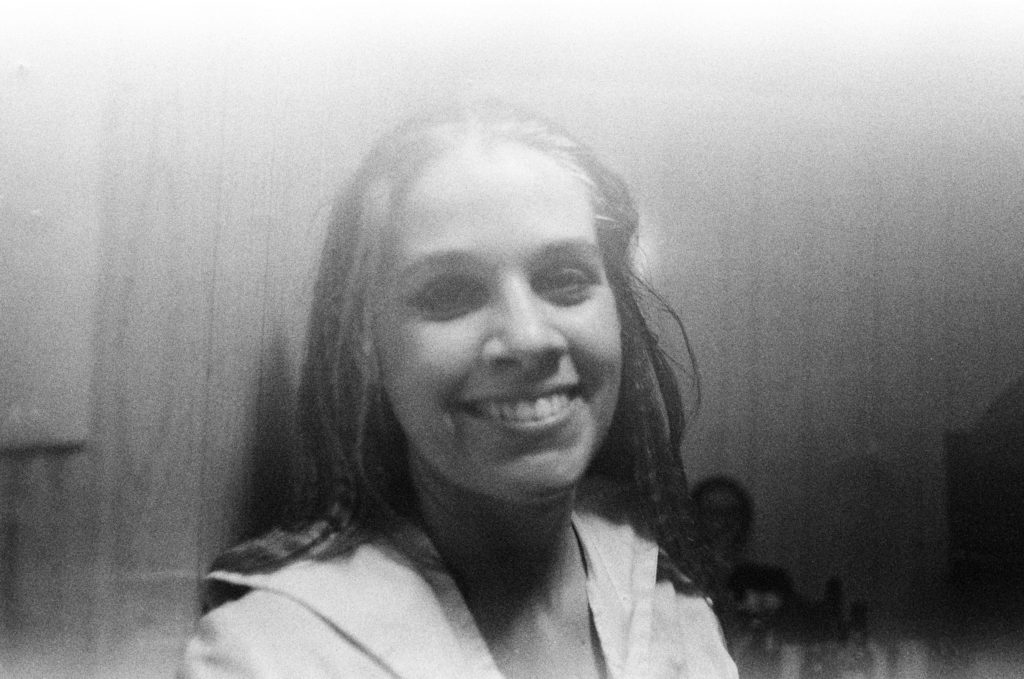
I met charlotte caffey in line in front of the whisky a go-go one summer as we were waiting for doors to open for a ramones gig. she soon started a band she called the eyes, who I frequently saw. they played a gig on my birthday, 1978, where they opened for the jam. that is when I met the jam, together with the rest of my lobotomy cohorts. I still remember the publicist at polygram’s name: len epand (I even have a photo of him with rick buckler!). the “daft PR stunt,” as paul weller has referred to it in post-1978 interviews, involved the label hiring two red double-decker london busses and squiring a bunch of journalists to the king’s head pub (where legit english people did hang out) in santa monica from the starwood in west hollywood. there was fish & chips & mushy peas, all the booze the bartenders could pour and darts. we made a big deal about it being my birthday, and as we (the lobotomy zine crew: me, pleasant, and co-founder randy kaye) were the same age as the band members, and actual real punk rockers, the jam took to us. that’s how we met them, and I maintained a casual correspondence with paul’s father, john weller, for decades. mr. weller would always get me on the guest list, no matter where I lived, or how tight the gig, and he was always completely accessible. the last time I saw them was in NYC in the early ’00s. paul had performed at the town hall, and we went back to their hotel and closed the bar. I spent a great deal of the night talking with mr. weller, as we were both interested in writing a memoir of the early punk days.
joan jett was friends with pleasant and randy since high-school days when they all hung out at rodney’s english disco, which I didn’t do very much. they grew up in beverly hills and in the valley and I was in santa barbara, although I did spend many a long weekend in LA, and during the summer, convinced my parents to let me and various friends spend a week at a time in town each month. my dad and a couple other of my friends’ dads had offices in LA, and also LA pied-à-terres that we could stay at. we also took advantage of our parents’ season tickets to the hollywood bowl, universal amphitheatre (went opening night to jesus christ superstar in 1973; I snuck in a cassette recorder and taped it) and also the more grown-up downtown venues like the marc taper forum (I saw matthew broderick in one of the brighton beach plays). so my rodney’s visits were limited. joan, however, was an emancipated minor (I suppose because of being in the runaways, being a professional musician and traveling the world), and she had her own apartment before anyone else. by the time I had moved to LA and started hanging out with pleasant, dropping in on joan was just part of a regular day. she was one of us, and she was also a rock star. In our eyes, she was a huge rock star.
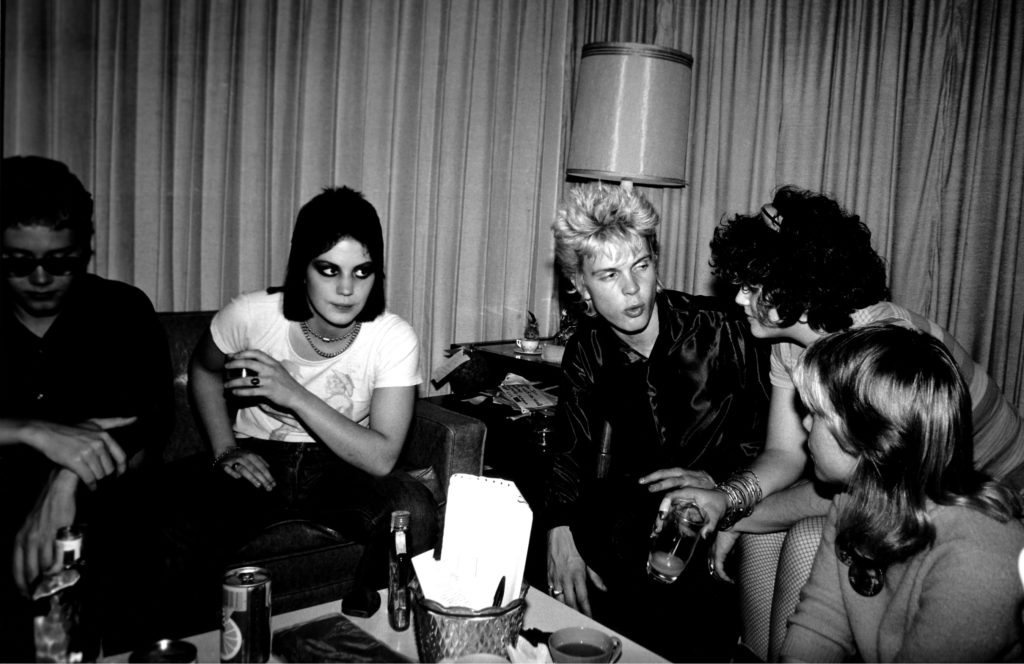
pleasant had an obsession with billy idol, and I was friends with a guy who worked at chrysalis records, so between us always dropping in on rodney bingenheimer’s radio show, and my friendship with brendan (bourke, who would later work as billy’s manager), we kind of had a lock on him whenever he might come to town. because of the zine, we had a legitimate reason to go drop in on rodney, and he even put us on the air a few times. we would have benefits for ourselves at the whisky, and we’d promote the shows on his radio show. we always booked local bands, and rodney was the radio station champion of local bands. we had the best of all possible symbiotic relationships. I’ll interject that a few years ago, in retrospect, I branded us inadvertent teenage entrepreneurs. we were doing marketing and events and not really understanding that was an actual job—we were just trying to support our zine. pleasant and I very much planned to talk with billy idol on the phone when there was a scheduled call-in from him for rodney’s show. we did speak with billy for a long, long time after his on-air interview with rodney concluded. he told us he would be coming to the USA to do a promo tour in advance of the american release of the generation X album. we became his tour guides. that’s how my friendship with brendan turned into a mutually beneficial thing. he got to actually spend time at his office getting work done while we entertained billy, AND he also got to include pleasant and me in all of the activities he had to do with billy. all the photos that I took during the week we spent with billy show more than just an english kid visiting LA. they illustrate how the ’70s were so much different than times are now. it’s the difference between an analog life and a digital one. it’s the difference between a world where people have some sense of decorum and one where they have zero filter. we took billy to the airport when he was going back home. we accompanied him right to the gate, and I took pictures every step of the way. that would be impossible now—or even in the 90s. I don’t know if we had a false sense of general safety and trust, or if the world has gone to shit. both can be true.
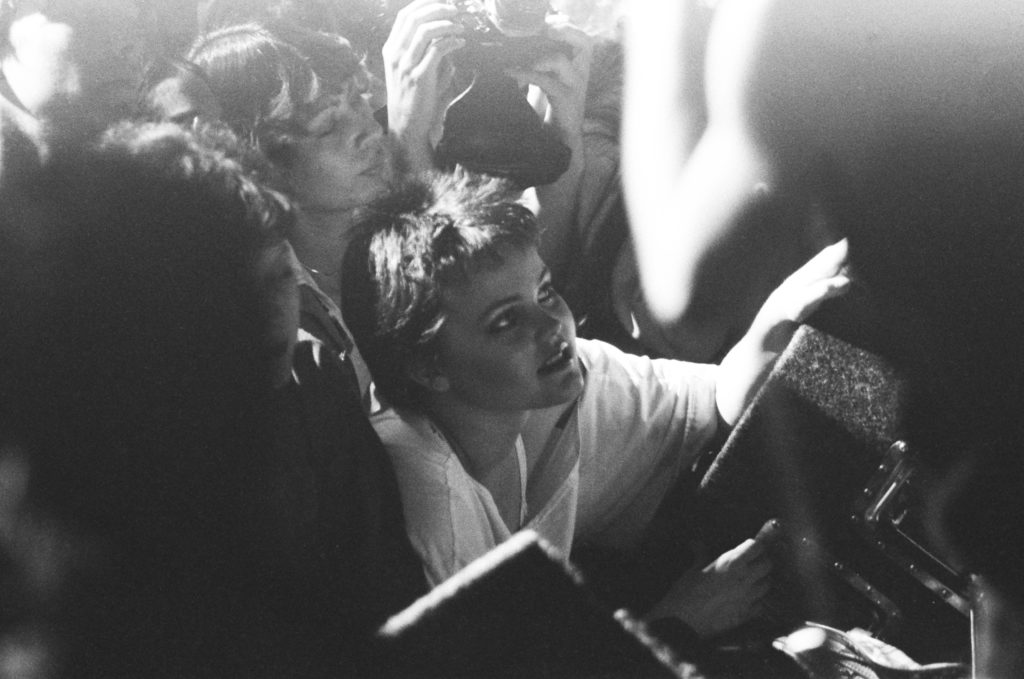
were you friends with them or just part of the scene?
so with the go-go’s, I was closest to belinda, because I knew her from before. and I knew charlotte, but she was kind of a loner. I’d see her at shows, but her social life seemed very private. considering her solid musicianship and songwriting chops, I guess I figured she was just home creating. I saw her a tiny bit more socially when she was dating guys I knew, but then again, not that much more, because it was still just at gigs, but our conversations would last longer and be more substantive because there were more of us keeping the conversation going. pleasant and belinda became the very best of friends, so the three of us became collaborators in addition to just being friends. I wanted to make all kinds of pictures and pleasant and belinda, together and individually, were willing to be in them. a couple years ago, jane wiedlin asked me why I had photographed belinda almost exclusively, and that’s when it hit me that we did so much work together because we already knew each other before the punk scene happened. I was always in awe of jane, who at the time called herself jane drano. she made cool punk clothes, and because my mother was also a fashion designer, it was something I respected at some level where I felt like I didn’t want to trespass. the other members of the go-go’s I knew only from being at shows, just like the dozens of other punk people I knew. we all recognized each other, because the scene was really small—maybe the same core 100 people, overall. it was like high school in that you had your bubble and stayed there, but you all knew who everyone else was
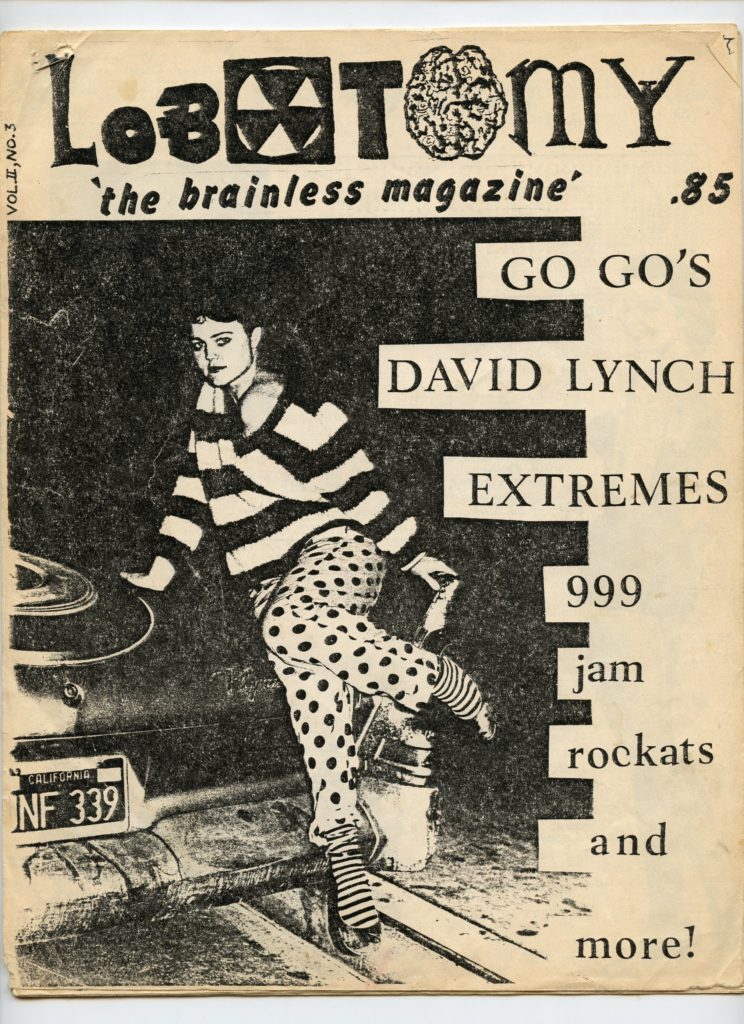
what kind of camera were you using when you started out?
I had a pentax spotmatic F and a nikon FM. I sold the pentax, which was a christmas gift in 1973. I had seen the faces earlier that year and didn’t have a proper camera—ie: an SLR; I shot as much as I could on a canon super 8mm motion picture camera) and bought a nikkormat. I’m still using the nikon FM. the nikkormat got splashed unmercifully when I was crossing the irish sea between wales and ireland and I couldn’t afford to get the work done on it, so I put it in an oxfam donation box.
was the go-go’s doc director around way back in those days?
if she was around, I didn’t know her!
if you’d directed it, what would you have done differently? what is missing from it? what is your favorite part?
the way I see it, there are two ways to do a music documentary for the mass audience. either way, you have to figure out what story you’re going to tell, and then tell it without putting in everything and the kitchen sink. allison elwood did a great job. of course, small things—details that only friends of the band members or people who were deeply involved in the scene would know or care about—and for minutiae’s sake, really—are what’s missing; but I don’t think the film or the band’s story is the worse off for it. there was enough back-story and a lot of stark honesty about the usual rock & roll subjects— drugs, personnel changes, record and management deals, breaking up. a few people from back in the day have either contacted me directly, or posted commentary on social media about events and people who were missing. but overall, the story is told, and the people who tell that first-person story are all there—all the band members, past and present, former manager, record label, members of bands they toured with, a couple friends. the other way to tell the story is the tabloid way, and I’m not a fan of that. what do you learn from that? when you see a film about an artist, or read a book about them, what’s really much more interesting is their process. that’s the beautiful part about the go-go’s documentary—you heard both charlotte and jane’s songwriting process. that’s valuable. that might be my favorite thing about the film—hearing how charlotte wrote “we got the beat,” and how jane wrote “our lips are sealed” based on lyrical ideas from terry hall. I liked hearing how much charlotte loved kathy valentine’s “vacation” and then helped transform it into a hit.
how many of your photos are used in the film?
I think there are 4 that made the final cut. They’d requested another one specifically, but that one isn’t in it. the one they requested that didn’t make the cut? it’s your favorite!
how many books of your work are out there and are they still available?
every year, I make a limited-edition punk rock day of the dead, which is a cumulative in memoriam collection, that unfortunately grows bigger every year. I only make 20 or so of them and each edition is sold out. I make a small run of catalogs that correspond with exhibits I do, and I don’t have any left. my work is featured in many other books though! punk 365 by holly george warren, barnes & noble’s in-house press did something called the encyclopedia of punk that I’m in; todd oldham’s joan jett book has a couple of my photos, as do the bomp!book and the creem book. the author dave thompson has used my work in his books about patti smith, joan jett and the iggy/bowie/lou triumvirate. there’s a book about jews in punk calledthe heebie-jeebies at CBGB’s: a secret history of jewish punk that includes a photo I took of stiv bators doing the goose-step.
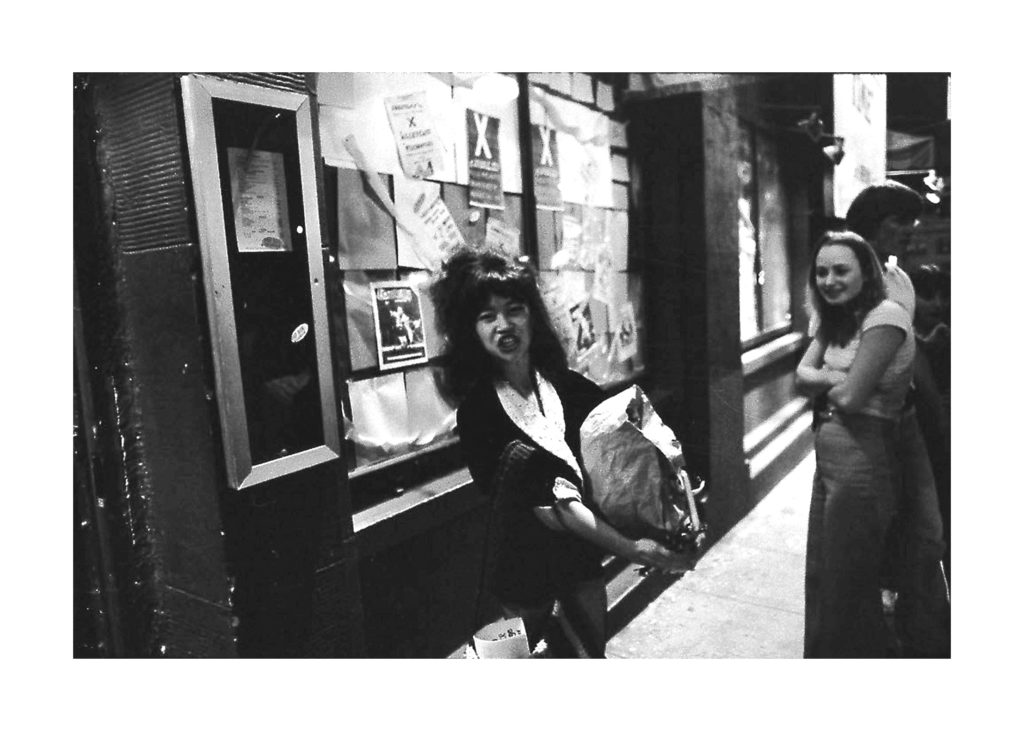
were there other bands from that time you think should have gotten more attention?
the screamers are woefully unrepresented; everyone in LA loved them, and san francisco did as well. but outside the big cities, no one knew who they were, and they didn’t have a record, so word of mouth and photos will have to keep them alive. I loved the alley cats. dianne chai, the bass player, rocked this ronnie spector look. the band was tight and fierce. the last were a fantastic power-pop group that played well in any bill, from hardcore to pop. their songs were strong. they’re on one of the rhino compilations and worth seeking out.
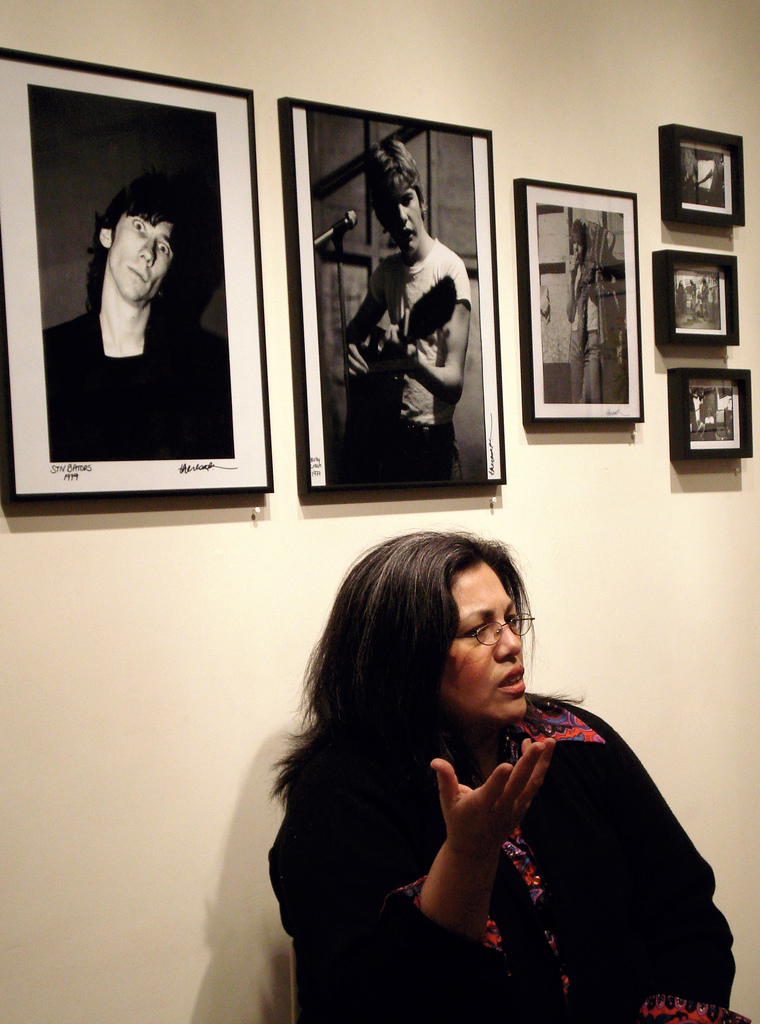
tell us about what you’re doing now.
I have an actual day job utilizing skills I learned in college! I work for warner music group, doing back office things. my work is not creative or conditional on any artist having a hit, which is about as much job security one can have in the music business. the role I occupy provides a service to the labels (I work in royalties; it’s a little bit business affairs, a little bit finance). if I fuck up, of course, I could lose my job. my point is, with this kind of job, it is mine to lose—my position isn’t dependent on a specific project being a hit. I do a fair bit of guest lecturing and speaking at universities about punk rock, and it turns into a lesson in inadvertent feminist entrepreneurism. I also talk about copyright and recording agreements. when I was younger and had the fortitude, I worked in entertainment law firms, and I still read recording agreements every day. my alma mater UCLA is my main university outlet, and a couple times a year, pleasant and I work with jessica schwartz, the resident punk-rock professor in the herb alpert school of music. I am currently involved (as much as one can be in a pandemic where you can’t travel) with a theatre group in LA that is mounting a production called adobe punk, a deeply fascinating and layered play that’s a coming-of-age story involving kids whose life epiphanies are often delivered through punk music. in february, I attended and spoke at one of their work-in-progress readings together with richard schave, who is an historian of LA culture and architecture. I can’t say enough about its greatness and potential. then COVID interrupted live performance work.
I feel like I have been working on putting together a photo book for decades. actually, I guess I have been. back in the ’80s, when punk was hitting its 10-year mark, I tried to do gallery shows and put together a book based on that but not a single gallerist anywhere recognized contemporary street or documentary photography as “art.” I knew a lot of self-proclaimed cutting-edge people in the art world in NYC and even they too were like, “photography is not art.” this bothered me for years, until very recently when I watched a documentary about robert mapplethorpe, who also ran into many roadblocks being considered an artist and getting shows. photography was ghettoized. so, of course, I chose the DIY/punk route of getting shows. I set up shows just like bands do in-stores, and all the interaction I had with people who were fans of my subjects, or people who appreciated photography taught me a lot. and while doing my never-ending photo exhibit tours, I realized having a theme or some kind of unity in a collected body of work is important. so now I am over-thinking unifying themes for photo books.
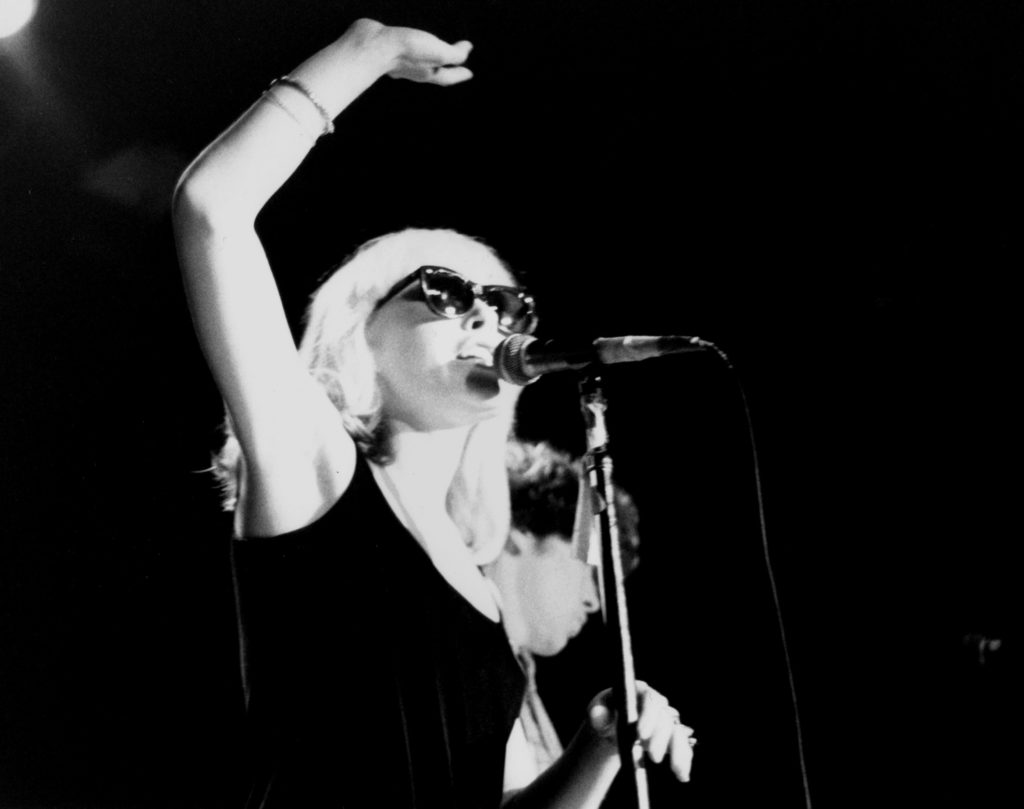
I’m also collaborating and solo organizing storytelling/spoken word events. this grew out of the guest lectures; students were always asking about the fun times and wanted stories about people they only knew about via urban legend. that’s how the war stories project got started. I want to do another project not unlike war stories, but I would like to gather groups of photographers and do a show & tell kind of event, and also gather groups of punk memoirists to read from their books (which would also give them additional opportunities to sell them). I keep thinking it would be like a live action rashomon of punk… we’d all pick a time/event/band everyone wrote about and compare/contrast. and except for working alone at home with my scanner, none of this can be done until it’s safe to be around groups of people. CF
